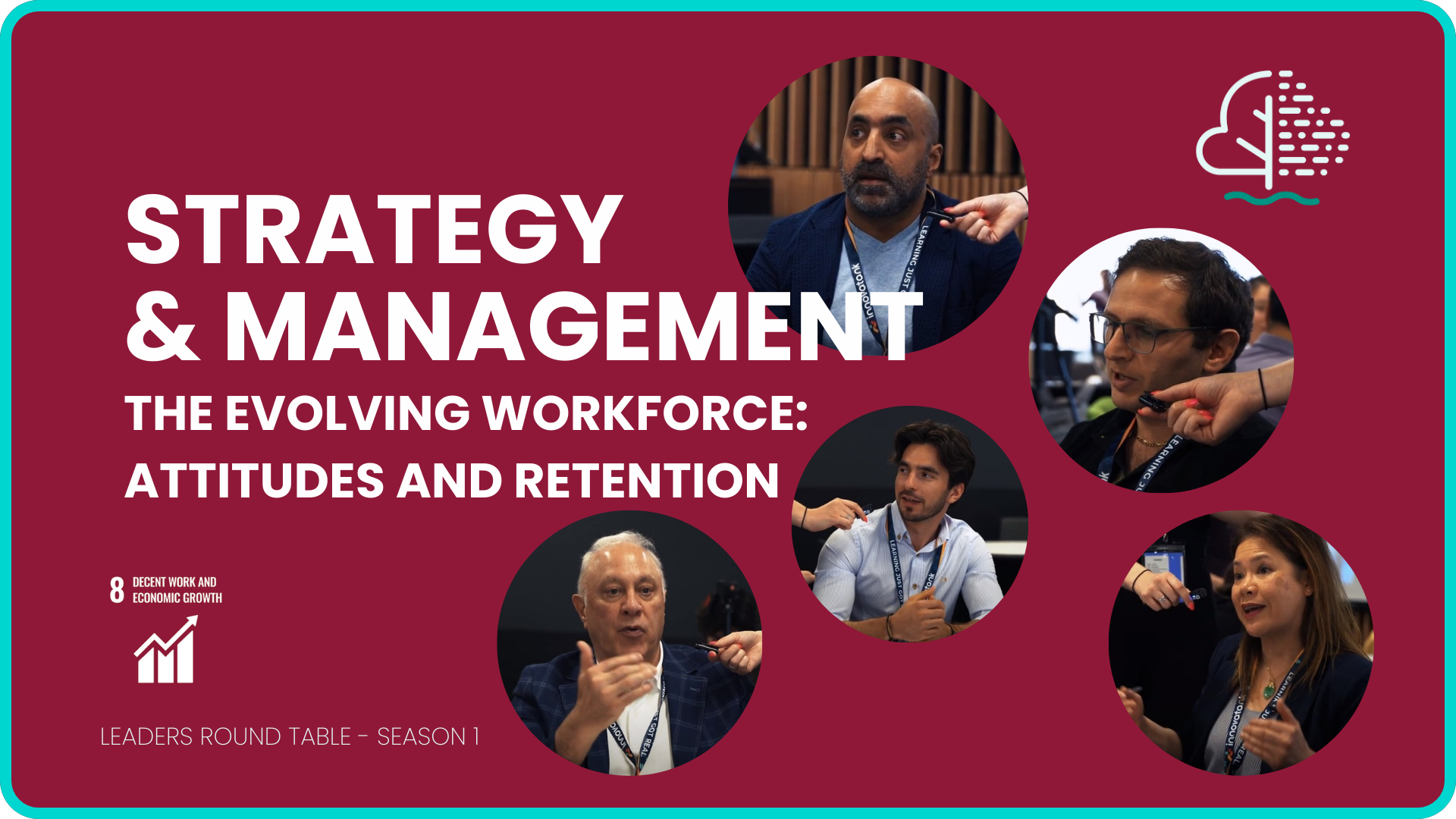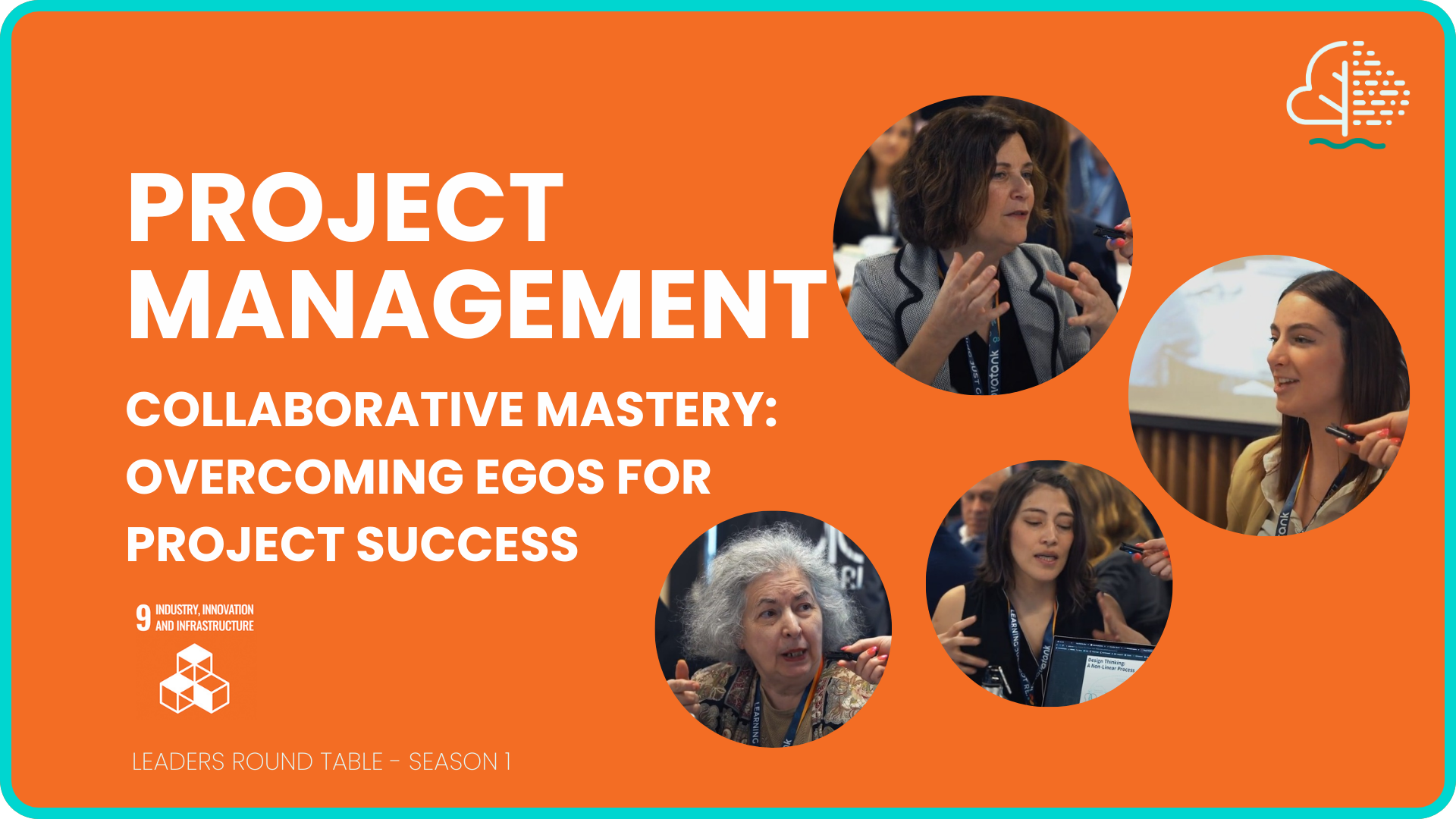Strategy & Management
The Evolving Workforce: Understanding Employee Attitudes and Retention
World XP Open Season 1
Summary
In 2023, the average employee tenure is 1-3 years, but value addition and personal growth during this period are vital. Managers assess their success by an employee’s post-departure career trajectory, viewing upward moves as positive. High turnover rates signal organizational issues, with a three-year tenure seen as financially optimal for companies due to hiring and training costs. To improve employee retention and align growth, a mutual communication framework is suggested. Ambitious individuals are advised to embrace compounded learning, seeking mentorship, and networking with like-minded peers.
About the Leaders
- Bob Oommen, CEO at BioForce
- Jean Laporte, President at Groupe Laporte
- Phil Habra, Full stack developer and data scientist at Sentiom
- Rocco Matteo, President at E3 Consulting
- Zoonie Nguyen, WEDO Canada, Quebec Ambassador
- Anthony Dubé-Jaegly, Strategic Management Student
- Luca Arsenault, Student in Business Administration
- Melinda Polito, Student in Business Administration
- Michelle-Agathe Normil, Student in Business Administration
Action Plan: Employee Retention and Professional Development
Objective: Enhance employee retention, foster mutual growth between employees and employers, and support ambitious individuals in achieving their goals.
1. Employee Retention Discussion:
– Observation: Employees, on average in 2023, stay with a company for 1-3 years.
– Opinions:
– Staying for 1-3 years is acceptable if the employee brings value and learns from the role.
– Employee churn after a year can indicate organizational issues.
– Continual short stints (1 year) at multiple companies can be a red flag for hiring.
2. Value Addition and Learning:
– Employees should focus on bringing achievements and making connections at an organization.
– Employers should provide avenues for learning and skill mastery.
3. **Symptoms vs. Problems**:
– High employee turnover is a symptom of deeper organizational issues.
– Companies should investigate underlying causes, such as job dissatisfaction or lack of performance due to unhappiness.
4. Managerial Perspective:
– Managers should evaluate their success based on an employee’s career progression post-departure.
– Lateral moves indicate managerial failure, while upward moves indicate success.
5. Cost of Employee Turnover:
– It costs approximately 20% of an annual salary to hire and train a new employee.
– Employers should aim for at least a three-year retention to break even on this investment.
6. Communication Framework:
– There’s a need for a common language/tool for employers and employees to grow and evolve together.
– Such frameworks can aid during interviews or performance reviews, ensuring aligned growth paths.
7. Advice for Ambitious Individuals:
– Surround yourself with like-minded individuals.
– Focus on compounded learning by sharing successes and failures.
– Seek mentorship and guidance from those with experience.
Key Takeaway: Both employers and employees have roles to play in ensuring successful tenure at an organization. Mutual growth, understanding, and effective communication are crucial.




